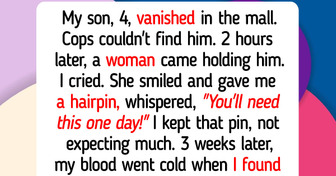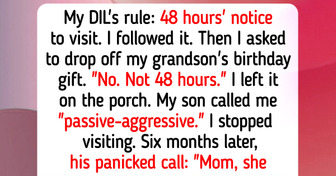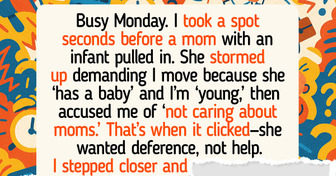How 8 Female Products Have Changed Over Time
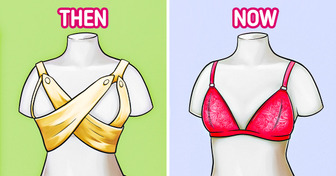
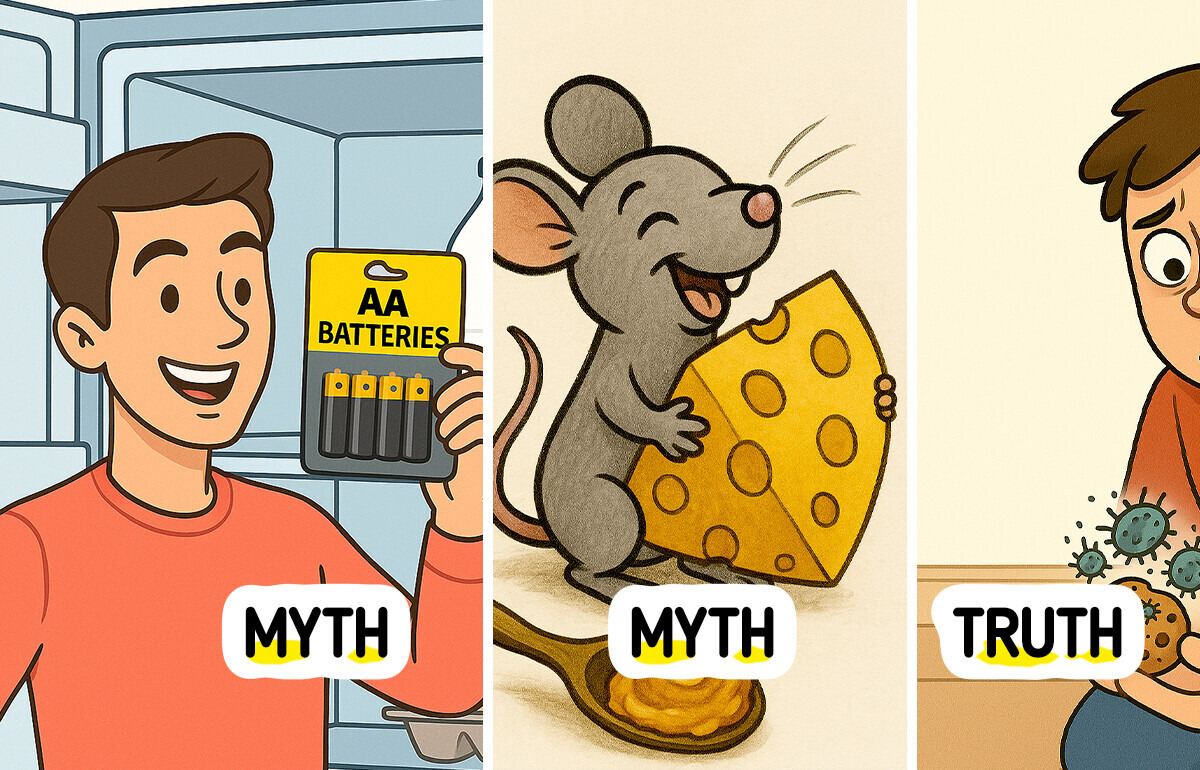
We’ve heard them—the myths and misconceptions that everyone seems to believe, from the “five-second rule” to the idea that cracking your knuckles will cause arthritis. But what if we told you that science has actually proven most of these everyday beliefs to be completely false? Get ready to be surprised as we debunk 20 myths that you probably thought were true, with a little help from science!
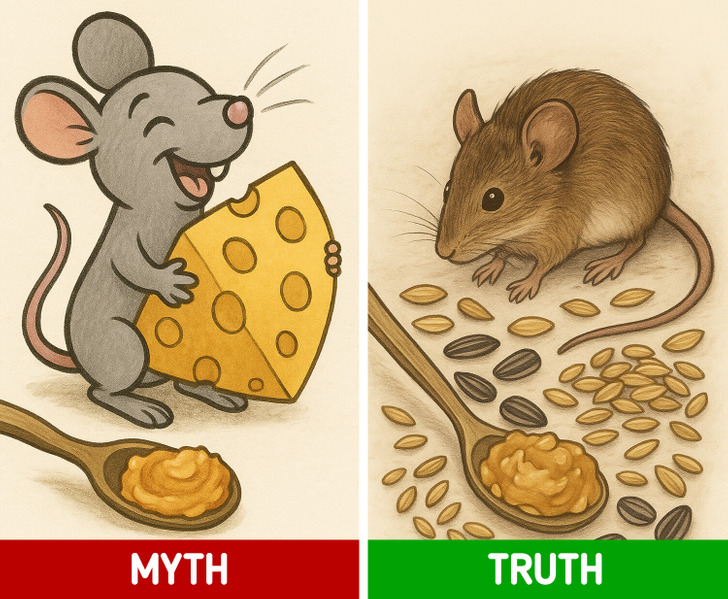
Truth: It turns out the idea that mice are drawn to cheese is a misconception that’s been perpetuated by cartoons. Researchers have confirmed that wild-caught mice don’t have a strong preference for cheese, with their diet leaning more toward seeds and grains.

Truth: Drinking tea or coffee can cause you to visit the bathroom more often due to caffeine’s mild diuretic effect, which increases urine output. However, this doesn’t necessarily mean you’re losing hydration, as the liquid content in these beverages helps balance out the diuretic effect. Research, including studies reviewed by Dr. Carrie Ruxton, shows that moderate caffeine intake is unlikely to significantly impact overall hydration levels.

Truth: Bulls don’t actually see red. They’re colorblind to it! Bulls are dichromatic, meaning they only perceive shades of blue and yellow.
So, it’s not the color but the movement of the cape that provokes a bull. The matador’s swift motions and the cape’s movement trigger the bull’s charge.
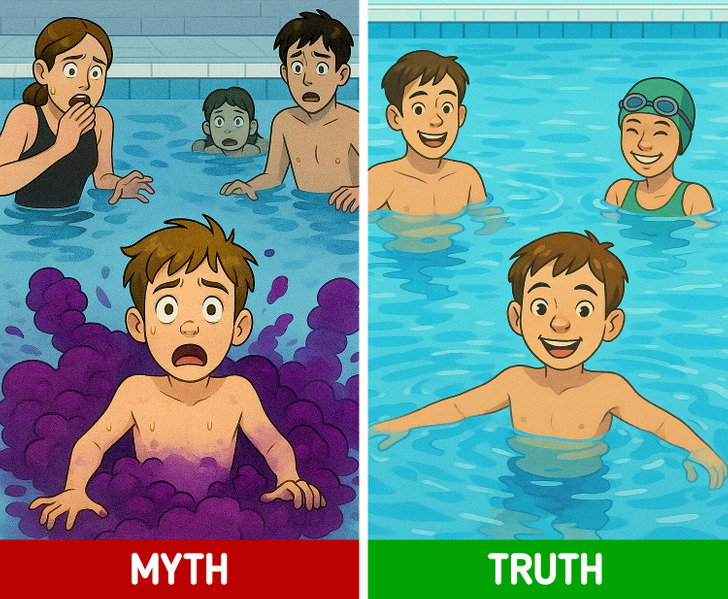
Truth: As much as we wish for a magical pool dye to catch people who urinate in the pool, it’s just a myth.
Sure, in theory, a color-changing chemical could exist, but it would likely react with sweat, oils, and anything else in the pool. Plus, imagine the constant purple tint! That’s why no one’s bothered to make it a reality.
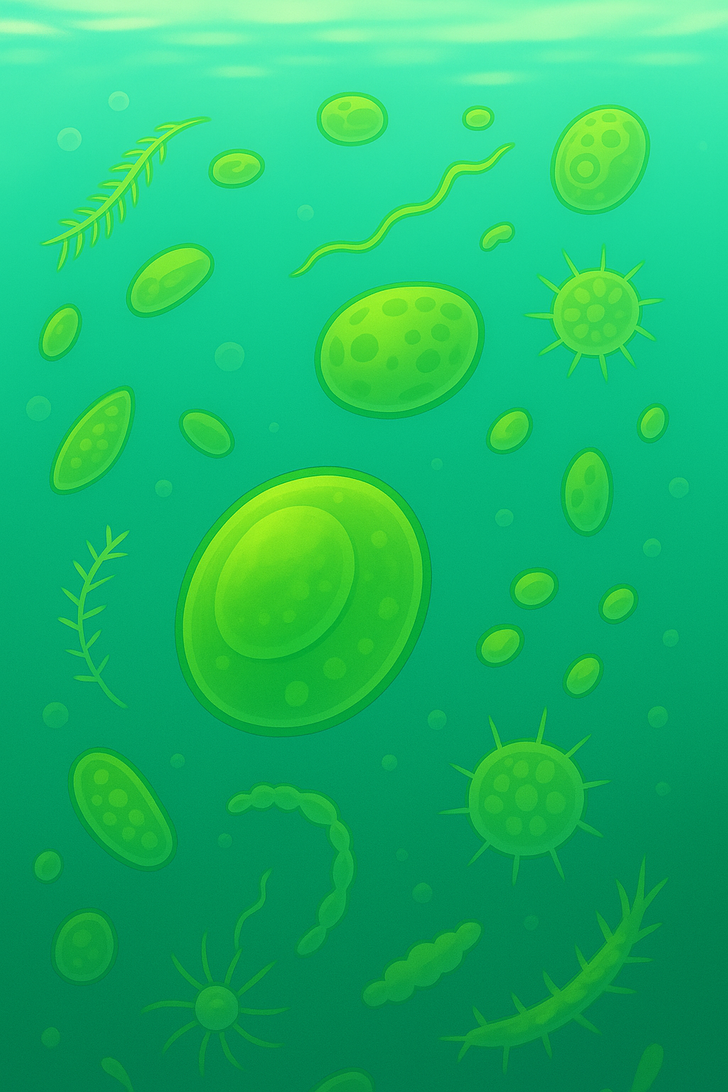
Truth: Around half of the oxygen we breathe is actually produced by the ocean, mainly through tiny oceanic plankton like algae, plants, and bacteria that can photosynthesize. Among them, a minuscule species called Prochlorococcus stands out. This tiny bacterium, though barely visible, is responsible for producing up to 20% of the Earth’s oxygen, more than all the tropical rainforests combined!
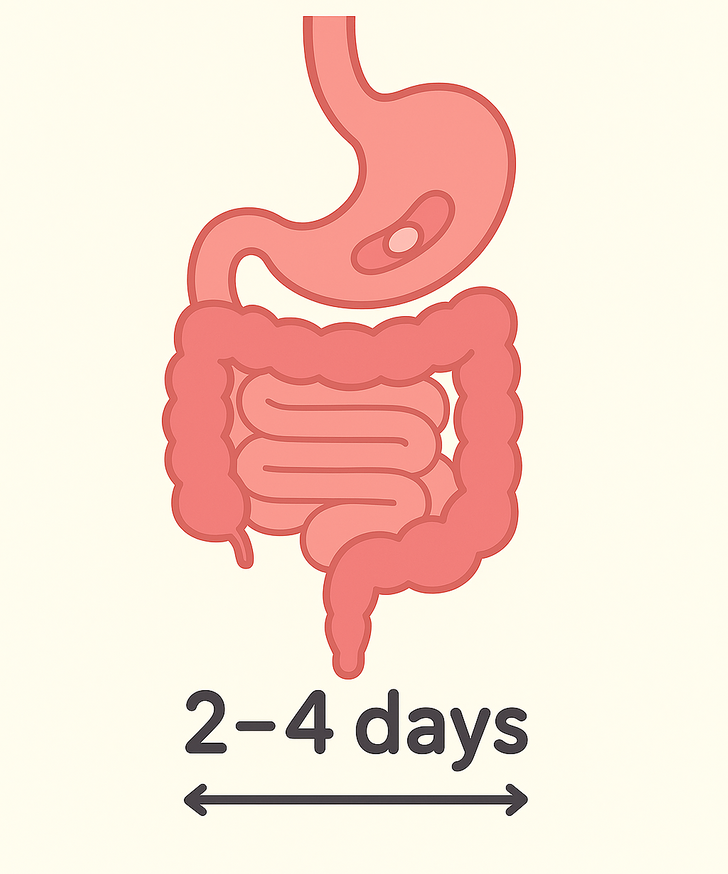
Truth: It’s a common belief that swallowed gum stays in your stomach for seven years, but that’s simply not true. While gum is indigestible, it doesn’t stick around in your digestive system—it travels through the same way food does and is eventually excreted. Experts confirm that gum doesn’t cling to your stomach or intestines and is safely passed out within a few days.
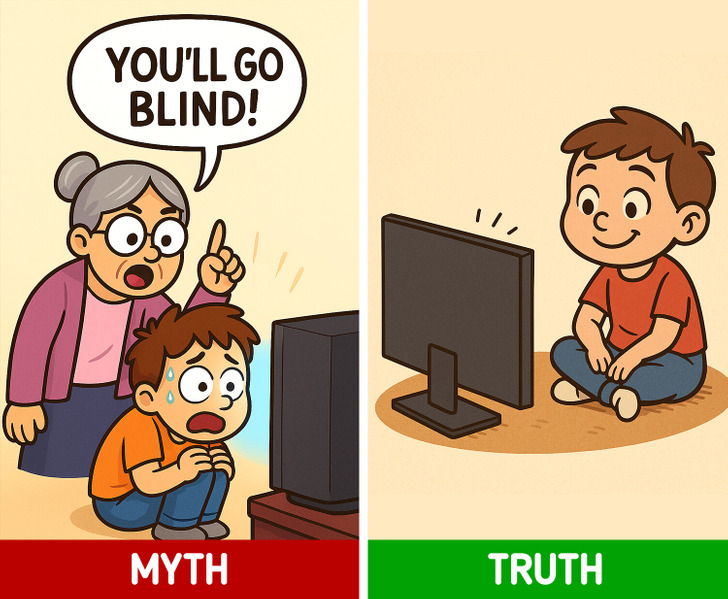

Truth: The idea that wet hair leads to illness is a classic myth. Colds are caused by viruses, not by being cold or having damp hair. While cold air can make you feel uncomfortable and may slightly lower your immune response, it doesn’t directly cause you to catch a cold.
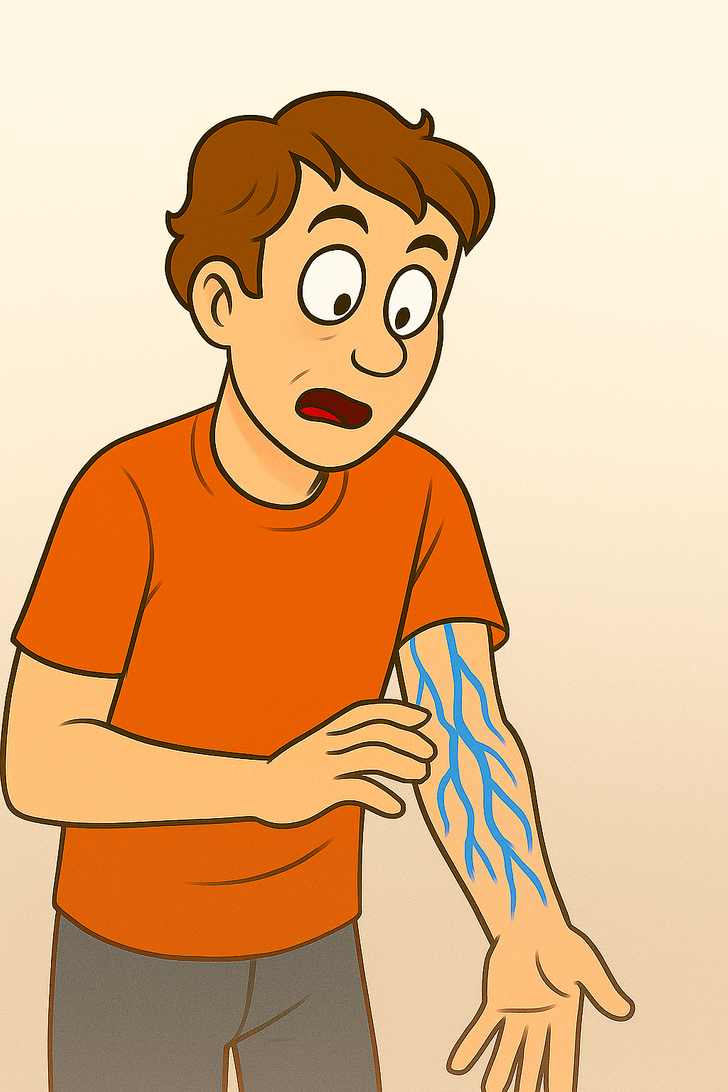
Truth: It’s easy to think so—after all, veins running through our body look blue, right? So, logically, the blood must be blue too, right? Well, not exactly! Once your blood hits the lungs for a little oxygen boost, it turns bright red.
After it’s been on its circulatory adventure, it returns to the heart as a darker shade of red. So, while veins might look blue from the outside, it’s just a trick of the light. Inside those veins? The blood is never blue, no matter what color your veins might seem!
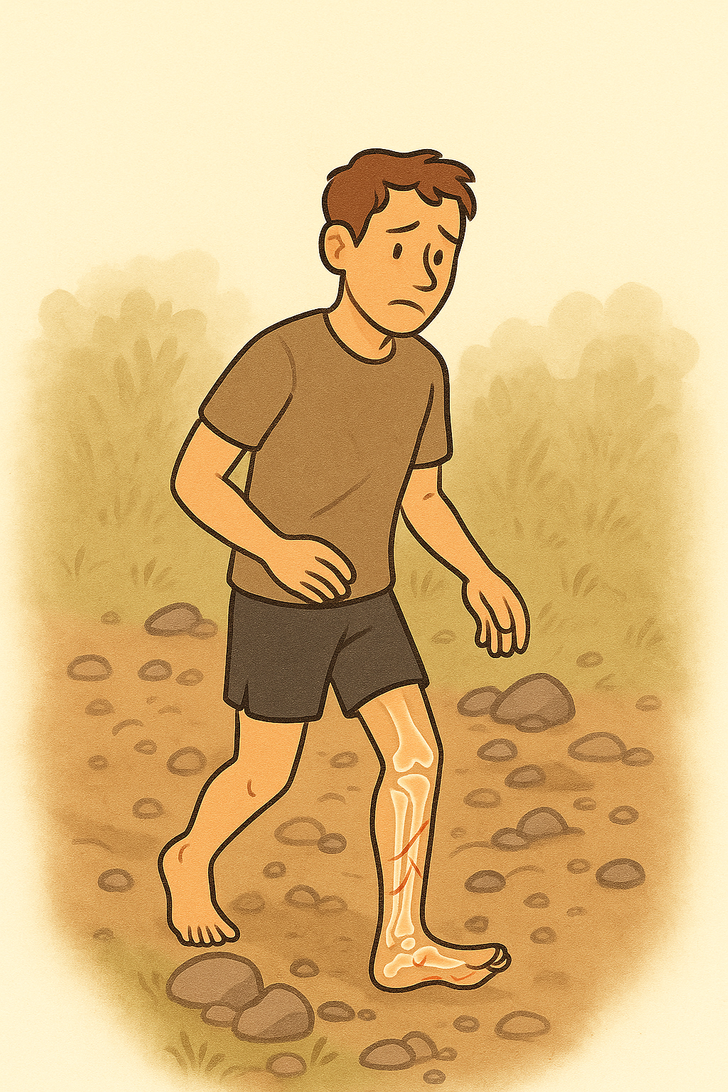
Truth: Barefoot running has become trendy, with claims it boosts form and reduces injuries. But studies, like one from the University of Cape Town, show mixed results—while it may help with knee pain, it could also lead to foot stress fractures. So, while barefoot running might sound cool, there’s no solid proof it’s the injury-free miracle some say it is.
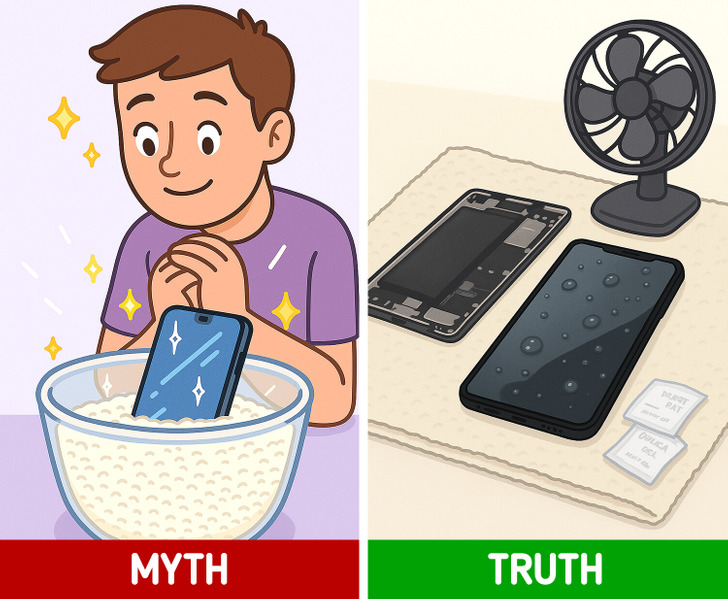

Truth: The myth that chameleons change color to blend in is a total misconception! These fascinating creatures change colors for reasons like mood, temperature, and communication—whether they’re feeling feisty, flirty, or just a little cranky. While they do have some natural camouflage, color-shifting is more about self-expression than sneaking past predators. Talk about a dramatic flair!
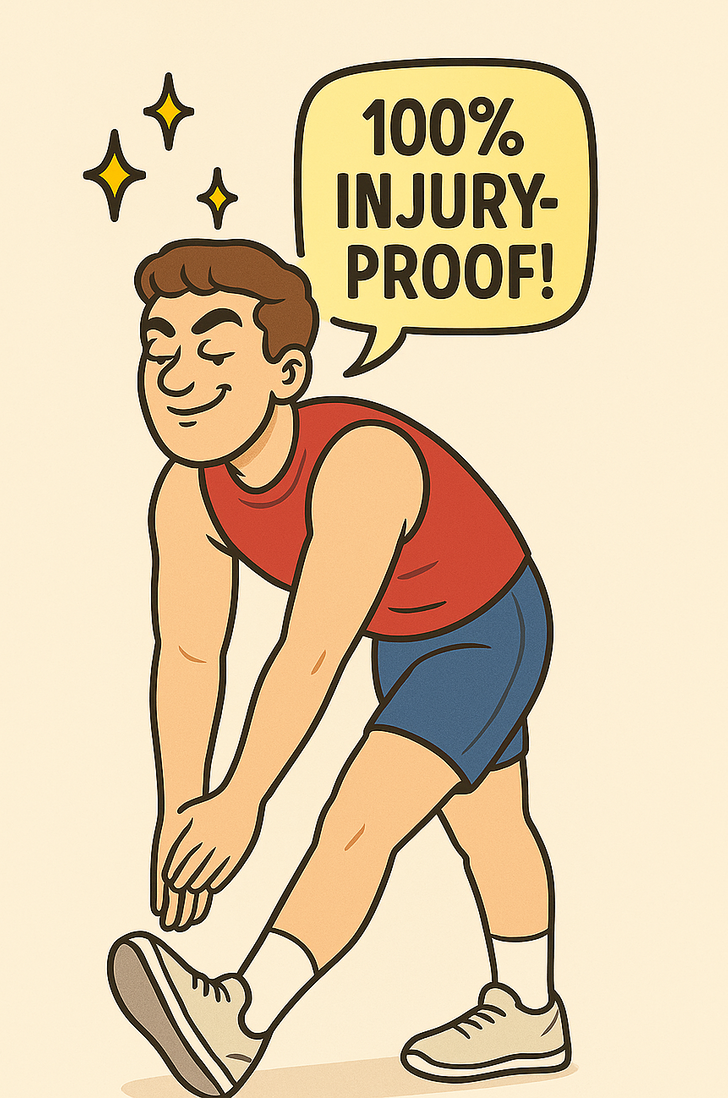
Truth: Stretching before a workout doesn’t significantly reduce injury risk. While many believe it helps, studies have shown that stretching alone doesn’t offer major protection. Instead, a gentle aerobic warm-up is the best way to prepare your muscles and get your body ready for exercise.
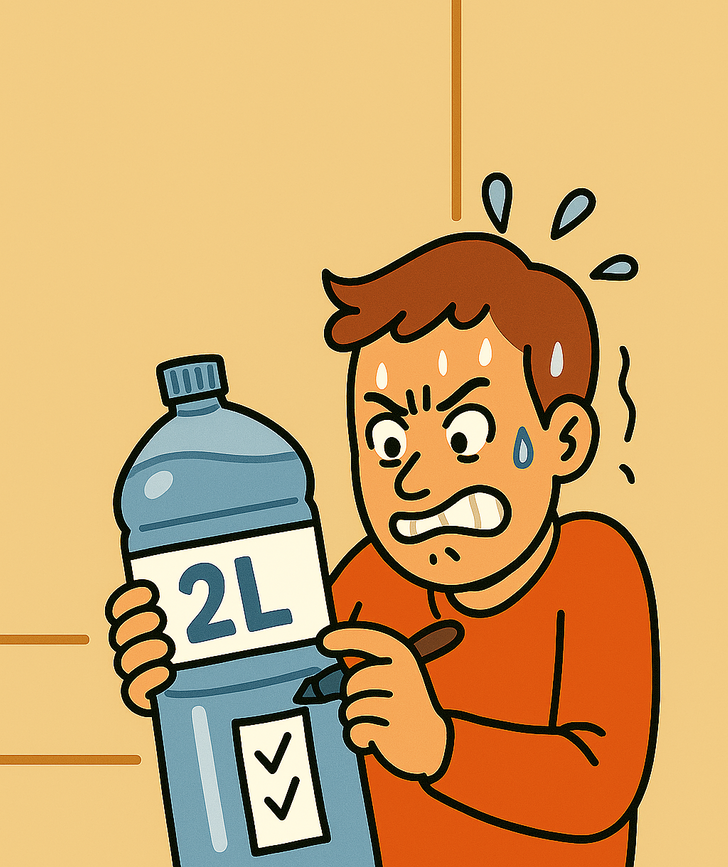
Truth: The idea that everyone needs to drink exactly 2 liters of water daily is a myth. Recent research indicates that individual water needs vary based on factors like age, activity level, climate, and diet. For instance, a study involving over 5,600 participants from 23 countries found that average daily water turnover ranged from 1.3 to 1.4 L/day for women and 1.5 L for men and with higher needs observed in younger individuals and those with higher physical activity levels.
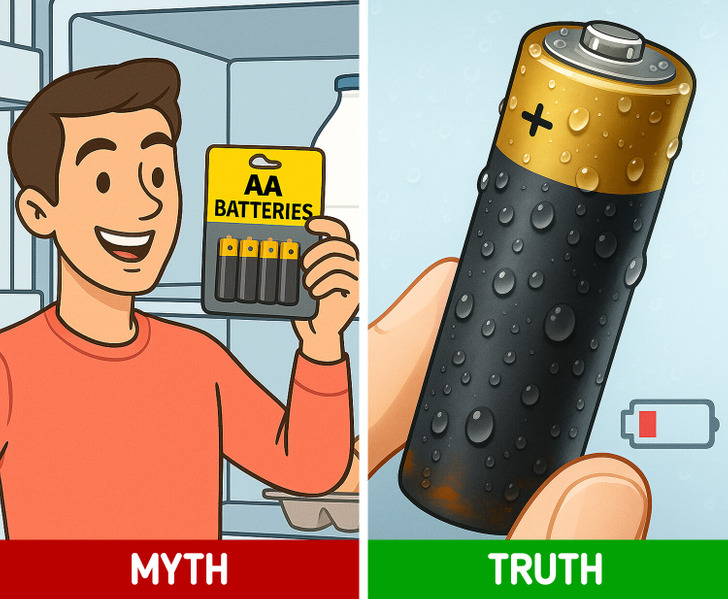
Truth: While it’s a common belief that refrigerating batteries can extend their life, this practice is generally not recommended. Cold temperatures can cause condensation when batteries are removed from the fridge, leading to moisture buildup that may result in corrosion and reduced performance.
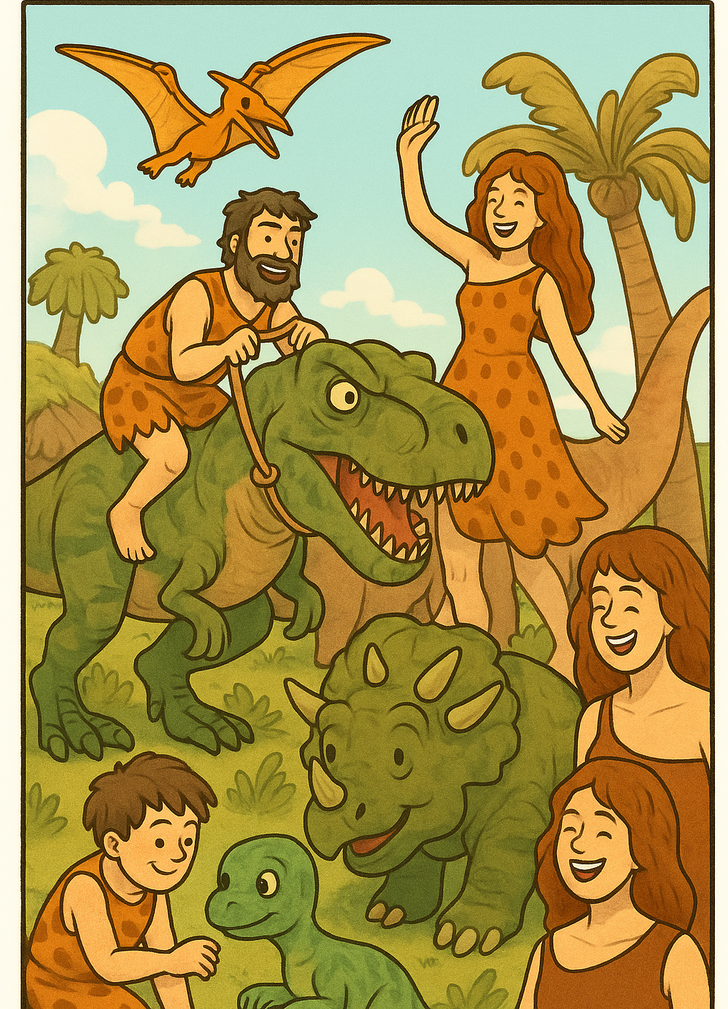
Truth: Dinosaurs went extinct over 60 million years ago, long before humans appeared. But here’s the cool part: birds are actually living descendants of dinosaurs, specifically theropods like T. rex and Velociraptor. So, the next time you see a bird, you’re looking at a mini-dinosaur!
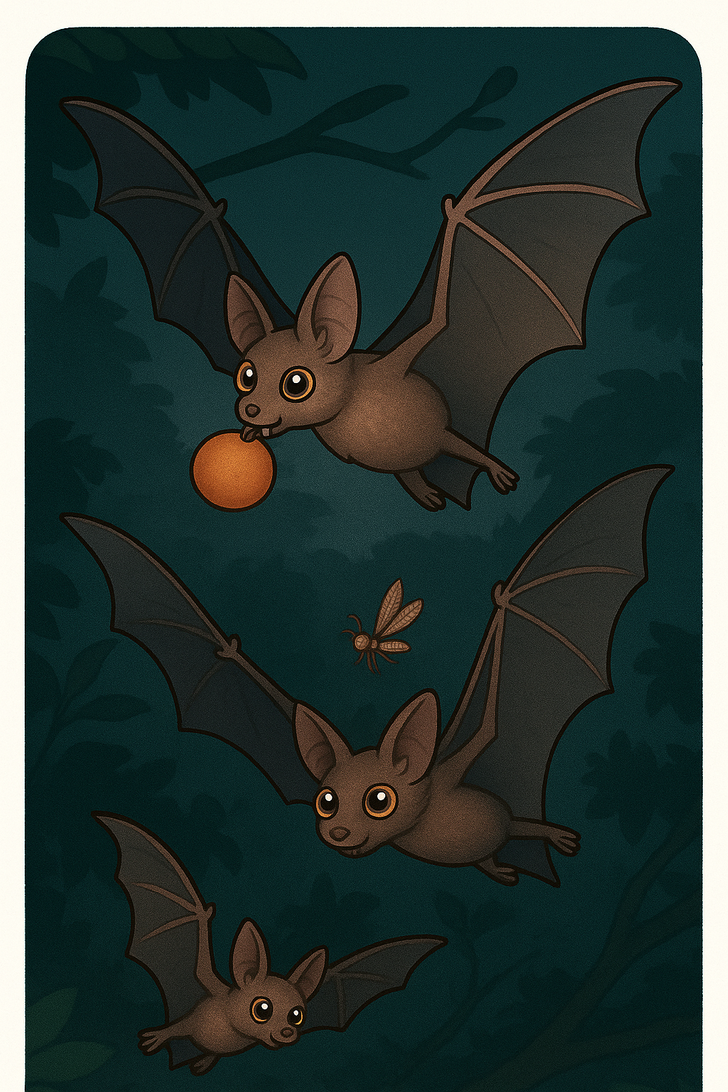
Truth: Despite the common saying, “blind as a bat,” these creatures aren’t blind at all. In fact, many bat species have excellent vision, especially in low-light conditions. While they rely on echolocation for navigation and hunting, their eyesight is far from poor.
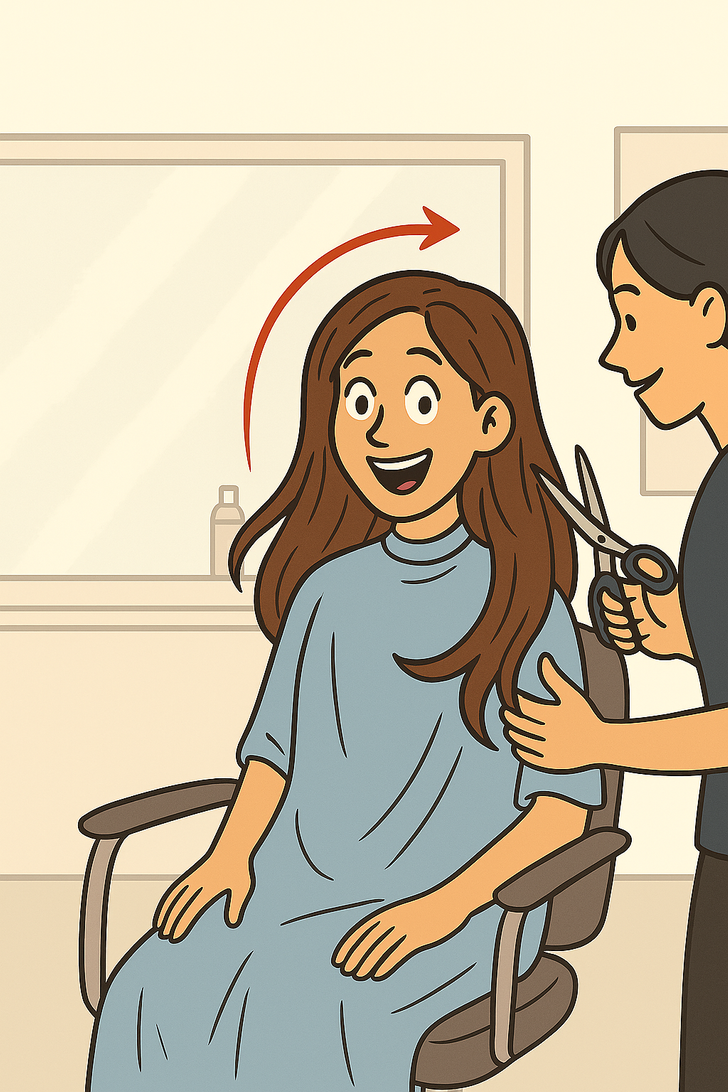
Truth: While regular trims are essential for maintaining healthy hair, they don’t actually accelerate hair growth. Hair grows from the roots, not the ends, so cutting the tips won’t influence the growth rate. However, trimming helps prevent split ends and breakage, which can give the illusion of faster growth by allowing you to retain length.
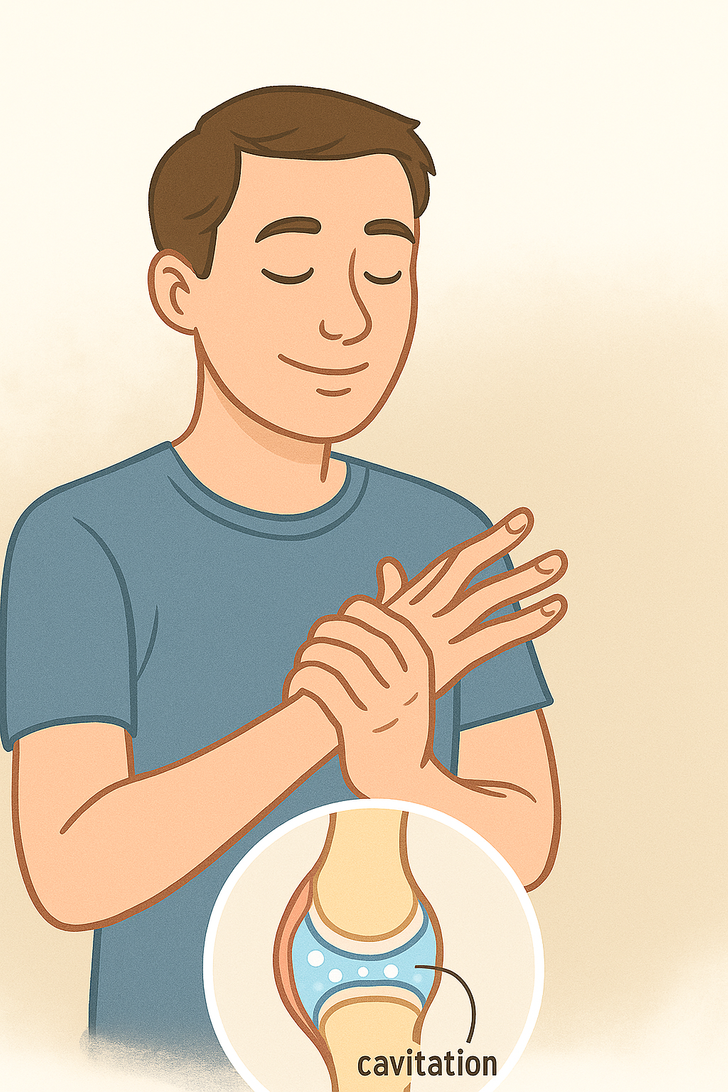
Truth: Despite the common belief, cracking your knuckles doesn’t lead to arthritis. The sound you hear is caused by the formation and collapse of gas bubbles in the synovial fluid of your joints, a process known as cavitation. This is a harmless phenomenon and doesn’t cause joint damage.
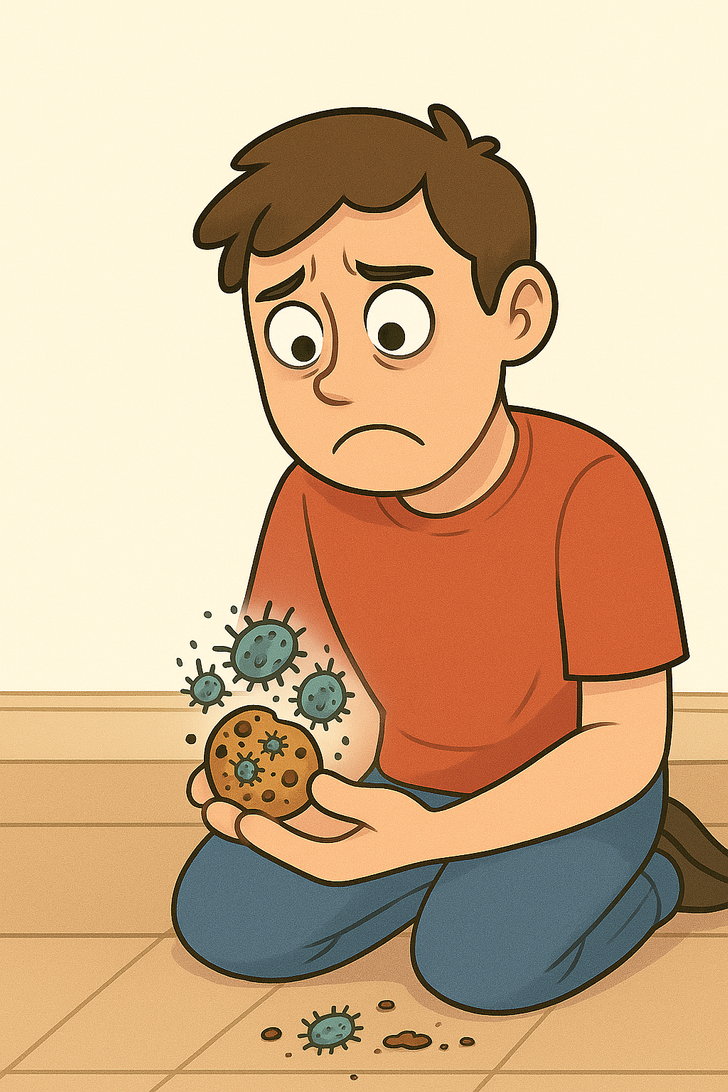
Truth: The five-second rule is a total myth! Bacteria can transfer to food instantly, no matter how fast you pick it up. Whether it’s five seconds or five minutes, if your food hits the floor, it’s best to toss it. When in doubt, throw it out!
In the last 15 years, our lives have undergone dramatic shifts, and these 14 comics perfectly capture the humorous, relatable, and sometimes absurd changes we’ve experienced along the way.

